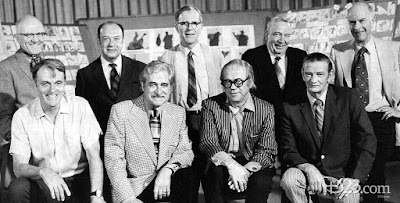The characters of The Abnormal
 |
| The basic character designs for most of the characters from The Abnormal |
Quinn Feather- A young boy (age 15-16) with the gift of psychokinesis, who wants nothing but a normal life. He loves to spend his time walking around drawing things he sees but as times change he soon loves the life of a superhero.
Violet Honeywell- (age 15)The weird kid at school who seems to know everything about everyone, has a secret desire for fashion and reading comic books and has always wanted a life of adventure.
Max Weber- ( age 15) A teenager of science and logic, and is famous for being the biggest nerd at school, he loves to cook and eat food, and make tones of gadgets for his team.
Lucifer Gold stein- (age 36) Is the riches man in all of Fallen-Cross city and runs the robotics factory, FC Bobotics Enforcement. And is hatching a evil plan behind the scenes.
Sqweebly- (age 48) The mad scientist working for Lucifer as is the master mind behind the robot enforcers (bo-bots). I is a very small man that just wants to be known for the genius he is.
Axelot Fanwell- (age 27) A dark humoured man with a haunting past, with very little social skills, that leads him to be very mean and unwelcoming to people. Except for Alex who he cares dearly for but tries not to show it.
Alex Bluebell-(age 24) A happy and cheerful woman who is very kind and understanding, who always tries to look on the bright sight. She tries to be optimistic around Axelot in order to keep him calm and happy.
Adrien Fanwell- (age 23) A smart individual with his own family to take care of, and wants nothing to do with his trampy older brother.
Bo-Bots- They are robots created by Sqweebly, and are used to enforce the law around the city, but also have the ability to mutate and transform into a larger more deadly robot if they target an Abnormal, in order to try and capture and contain the Abnormal.
X and Ray- (age 26) A test subject that was brainwashed and connected to his pet wolf, they do not remember their past and only do as they are told, they have become half normal and half machine, and will carry out all and any task given to them as long as they are under the influence of Lucifer Goldstein.
Quizzy Feather- (age 6) A small hyperactive child that is younger sister to Quinn and says very weird stuff, not thinking of the consequences, she has a fascination toward Axelot as well as also being slightly scared of him. She is innocent in her mind.
Paul Feather-( age 39) The father to Quinn and Quizzy, he works for Lucifer and knows about all the work that Lucifer does. he is very protective of his family and very smart. He wants only the best for his family and their wellbeing.
Crystal- (age 24) A test subject who was bought to Paul to when he was working there. She fell in love with him and they had a baby but she died at the birth of her son.
Elizabeth *Nickname: Liz* - (age 36) The mother to Quizzy and adopted mother to Quinn, she loves them, both equally. She has no idea of the work behind Lucifer or anything out of the ordinary. But she is loveable mother who cares very much.







































